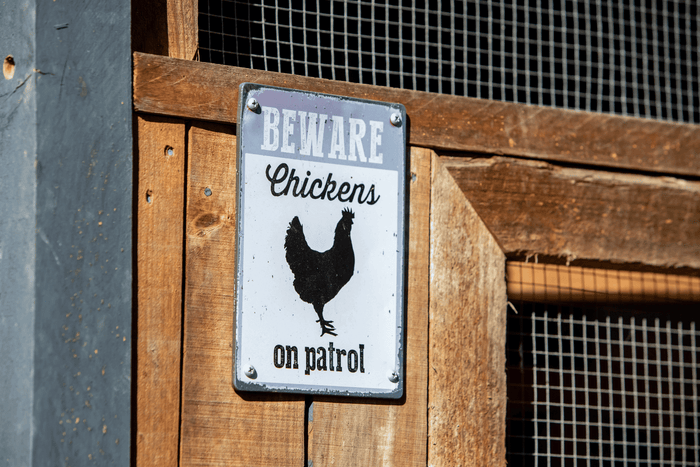The Most Beautiful Chicken Coops You Can Buy Online

Chicken coops aren't just functional structures for your flock—they can also be stylish additions to your backyard. Whether you’re looking for something quaint and charming or sleek and modern, there are plenty of beautiful coops available for purchase online. Here’s a look at some of the most stunning chicken coops you can buy, complete with links for easy shopping.
1. Omlet Eglu Cube Chicken Coop
The Omlet Eglu Cube is a modern marvel in the world of chicken coops. Its sleek, modular design and vibrant color options make it a standout. This coop is easy to clean, highly durable, and provides excellent insulation for your chickens in all weather conditions. It also includes an integrated run and is perfect for urban and suburban settings.
- Where to Buy: https://www.omlet.us/shop/chicken_keeping/eglu_cube/
2. Trixie Pet Products Chicken Coop with Outdoor Run
For those who love the classic barnyard look, the Trixie Pet Products Chicken Coop offers a charming aesthetic with its natural wood finish and green accents. It features a spacious outdoor run, multiple nesting boxes, and easy access for cleaning and egg collection. This coop combines rustic beauty with practicality.
3. Ranch Chicken Coop from Roost & Root
The Ranch Coop from Roost & Root offers a blend of elegance and functionality. Crafted with high-quality materials and a spacious design, this coop is perfect for larger flocks. Its farmhouse-inspired style and thoughtful features, like ventilation and predator protection, make it a top choice for serious chicken keepers.
- Where to Buy: https://roostandroot.com/product/ranch-chicken-coop/
4. Pets Imperial Dorchester Chicken Coop
The Dorchester Chicken Coop by Pets Imperial is an eye-catching structure with a classic English cottage look. It features white wooden framing with dark roofing, making it a picturesque addition to any backyard. This coop includes multiple nesting boxes, a spacious interior, and an attached run for your chickens to enjoy the outdoors safely.
5. OverEZ Large Chicken Coop
If you have a bigger flock and want a coop that combines size and beauty, the OverEZ Large Chicken Coop is ideal. It boasts a traditional barn look with a roomy interior that can comfortably house up to 15 chickens. Its pre-painted finish, spacious nesting areas, and easy access doors make it both attractive and user-friendly.
- Where to Buy: https://www.wayfair.com/pet/pdp/overez-chicken-coop-large-chicken-coop-w002934827.html
6. SnapLock Formex Large Chicken Coop
The SnapLock Formex Coop offers a clean and modern design that’s also extremely durable and low maintenance. Made from high-density plastic, it’s weather-resistant and easy to assemble. Its sleek lines and practicality make it a perfect fit for those who want a contemporary look and simple upkeep.
- Where to Buy: https://www.mypetchicken.com/catalog/Chicken-Coops/Snap-Lock-Formex-Large-Chicken-Coop-Up-to-8-chickens-p1370.aspx
7. Producer’s Pride Defender Chicken Coop
Combining sturdy construction with a rustic design, the Producer’s Pride Defender Chicken Coop is both beautiful and functional. It features a barn-style look with robust wire mesh for predator protection and ample space for your flock. This coop is built to last and adds a charming touch to any backyard.
- Where to Buy: https://www.tractorsupply.com/tsc/product/producers-pride-defender-chicken-coop-mfc-lscoopt1
Conclusion
Choosing a beautiful chicken coop not only enhances the look of your backyard but also provides a safe and comfortable home for your flock. Whether you prefer a modern design like the Omlet Eglu Cube or a classic barn-style coop like the OverEZ, there’s a perfect coop out there to match your style and meet your chickens’ needs.


